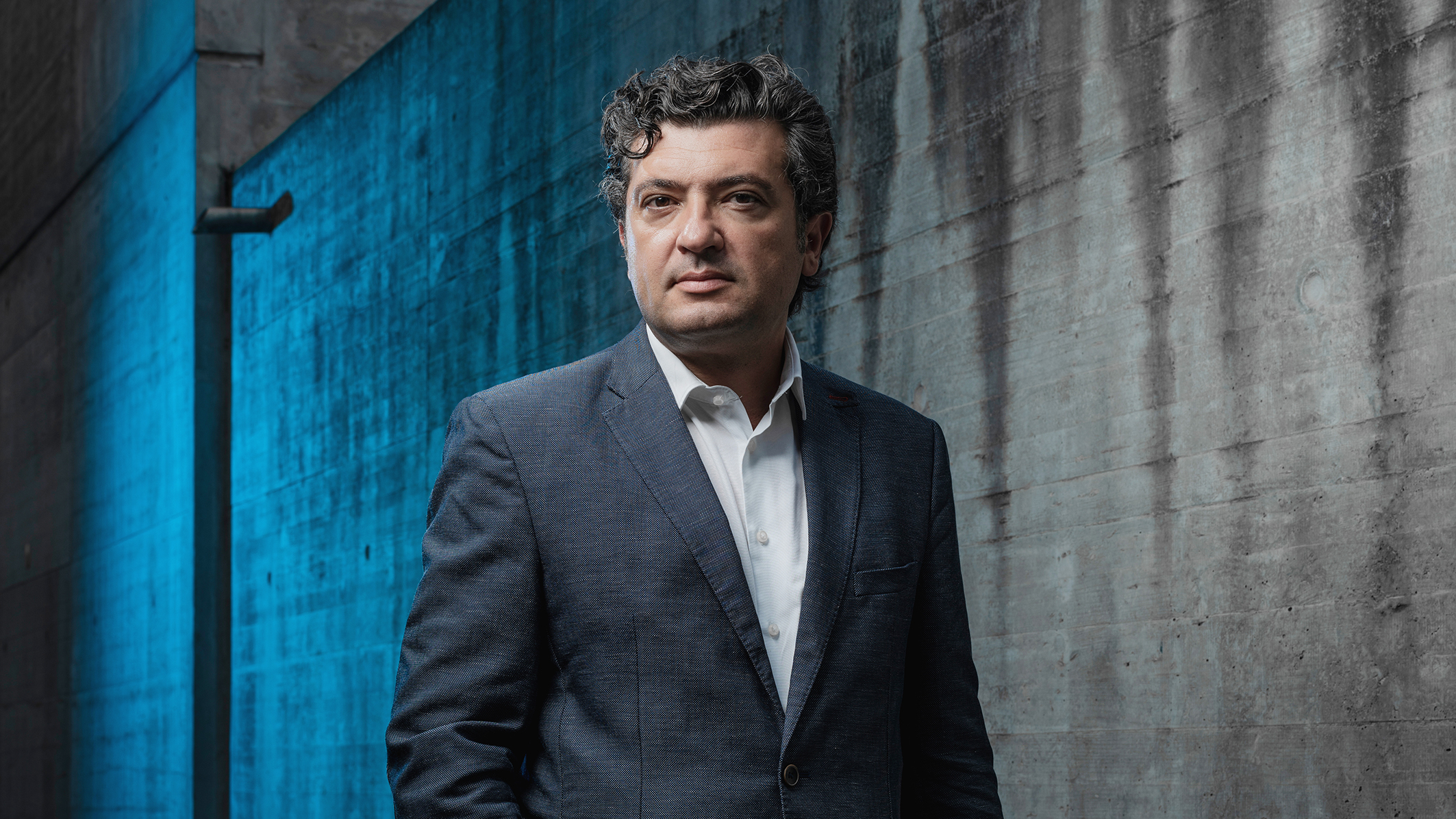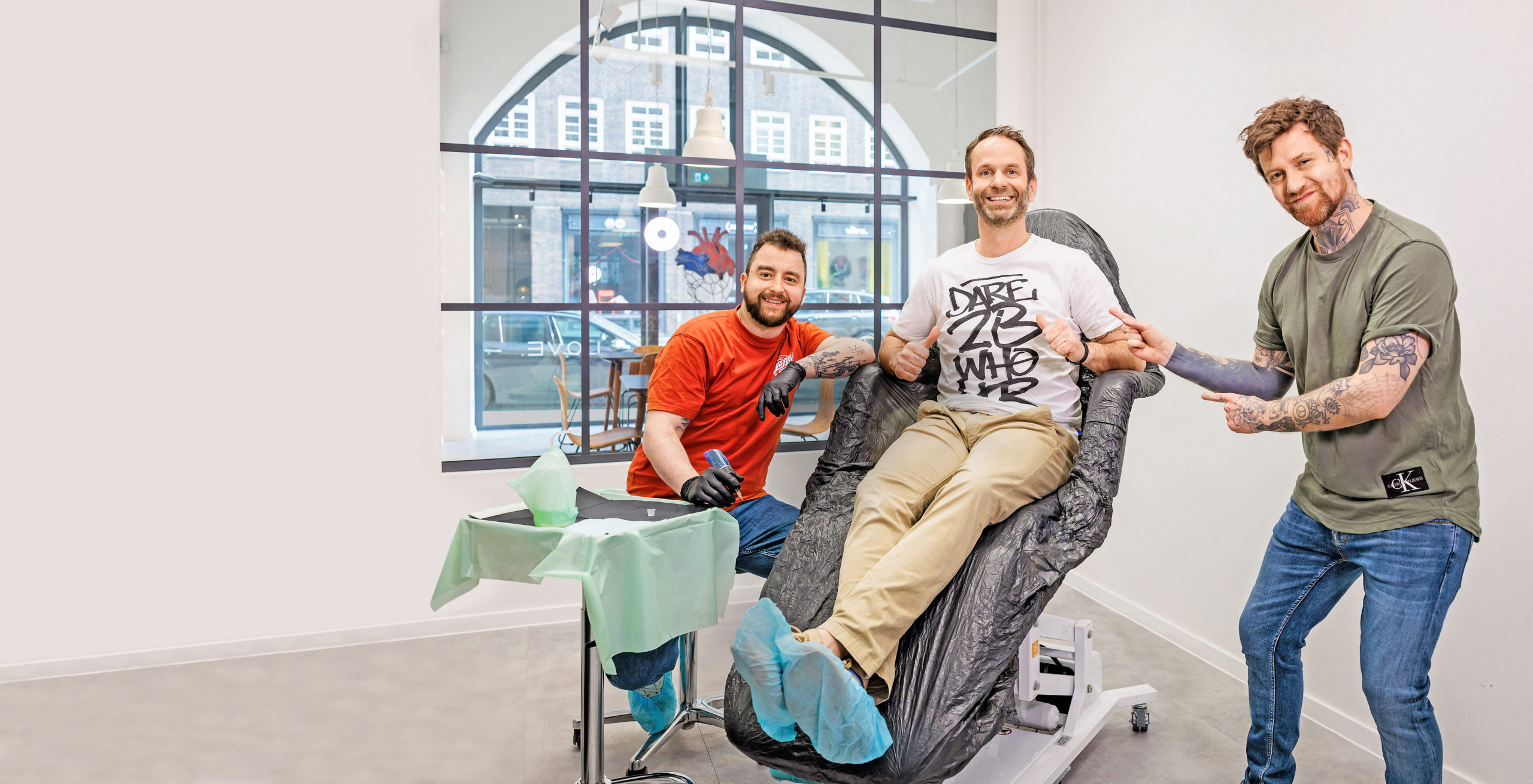Technology Versus
Pandemic
Digital solutions are central to Nestlé’s Covid-19 comeback. CIO Filippo Catalano on the consumer goods giant’s response to crisis, the importance of preparedness, and where big companies go from here.
09/2020

The first whispers of the coming crisis reached Filippo Catalano in early January 2020. As Nestlé staff on the ground in China scrambled to respond to reports of a contagious illness spreading in the city of Wuhan, Nestlé’s chief information officer took notice. But even Catalano was surprised by the disease’s rapid spread to Europe and beyond. “We had an early start, because we could see what our team in China was doing,” Catalano says. “But in the beginning, nobody knew it was going to be making a global footprint.” Two months later, Catalano was on a ski vacation in northern Italy when reports of rising Covid-19 case numbers in the region began appearing on the news. By the time he returned home to Switzerland, travelers returning from the region were being placed in quarantine. Catalano was no exception. “All the response to the coronavirus outbreak has been done on a remote basis,” Catalano says. By mid-summer, he had been working remotely for more than three months.
From his home near Nestlé’s headquarters in Lausanne, Switzerland, Catalano has steered the ninety-billion-Swiss franc company’s digital operations in the midst of a crisis. The challenges have been tremendous. They’ve retooled their approach to data to respond to shifting consumer preferences in real time, set up tools to predict supply chain shifts, and re-thought their factories to cope with travel restrictions. But before any of that could happen, Catalano and his team had to shift a global company with nearly 300,000 employees, 2,000 brands, over 400 factories, and operations in 170 countries to remote work almost overnight. “When it became clear the outbreak was going to be moving out of China,” he says, “our big priority was to continue to operate the company.”
Preparedness paid off
It helped that Catalano’s team had planned ahead, drawing up crisis management plans and building redundancy into their systems to ensure smooth operations no matter what. In a corporate world increasingly dominated by “just-in-time” manufacturing and an emphasis on lean operations, preparedness drills and contingency planning weren’t always popular. In hindsight, it was all worth it. “It’s not the most attractive activity in the world, but preparedness paid back big time,” Catalano says. For Catalano, an Italian who joined Nestlé in 2015 after more than fifteen years at the U.S. consumer goods giant Procter & Gamble, that meant dusting off emergency plans and coming up with responses to new crises on the fly. “We had to massively augment our ability to run online meetings on a scale never seen before,” Catalano says.
Remote Collaboration
Over the course of a three-day weekend, for example, Nestlé’s tech teams brought 180,000 employees around the globe onto the digital collaboration platform Microsoft Teams. To make sure employees were up to speed, Nestlé’s communications staff pitched in to create and post instructions on the company’s intranet and social platform. In a dozen languages, they walked employees through tasks most had never dealt with before: how to optimize home Wi–Fi networks for the additional demands of video conferencing, set up a VPN, and start secure videoconferences from home. “We needed to reinforce best practices on how to connect from someplace besides the office,” Catalano says. “We had to make sure hundreds of thousands of employees could come along for this journey.”
All of a sudden, none of our models were valid.
After successfully shifting the company’s operations online, Catalano turned to the bigger picture. In Nestlé’s case, “bigger” is an understatement. With thousands of different brands and over 400 factories manufacturing a wide range of consumer food and beverage products, the company has tremendously complex supply chains. Take Nespresso coffee, one of the company’s most recognizable products. Beans for the signature brand are sourced from at least eleven countries on four continents; the packaging and brewing pods require specifically formulated plastic and metal. At the same time, border closures and quarantine rules complicated efforts to get products to supermarket shelves. Nestlé’s thousands of brands range from San Pellegrino bottled water, Maggi instant soups and Purina dog foods, all globally dominant in their respective categories. Would its Nescafé, produced in France, be stopped at the German border? “We wanted to prevent out-of-stock situations at retailers,” Catalano says. “But all of a sudden, none of our models were valid.”
Corona crisis showed reality of AI
A dedicated internal team built a dashboard that brought together public information sources tracking Covid-19 cases and lockdown situations around the world. Capability was quickly added to enable country-by-country monitoring, and within weeks the dashboard was able to monitor local situations down to individual ZIP codes. Catalano made sure the information was compatible with the company’s existing data practices. Since he started at Nestlé, Catalano has been an evangelist for artificial intelligence: algorithms and programs that sift and analyze data on a massive scale to help companies make decisions about everything from purchasing to consumer preferences.
But to succeed in spotting new trends, those algorithms must be trained on existing data sets. And Catalano’s data wizards quickly realized that data points gathered in pre-coronavirus times were useless in the face of a pandemic that changed everything from consumer behavior to logistics. “A lot of people have misconceptions about AI being magic that mysteriously and swiftly solves issues,” Catalano says. “The Covid-19 crisis showed the reality of AI: it became clear that in some cases there’s not enough history in the data set to build confidence.” That’s quickly changing, as Nestlé’s data scientists collect information from around the world and add it to their models. AI will continue to play an important role at Nestlé—and elsewhere. “It’s about having a good data strategy, having data that’s interoperable and accessible and re-usable across the company, and about having the right people that can work on the intelligence on top of the data.”
There’s been a visible shift in channel competition.
A focus on data and AI doesn’t mean forgetting people power. In 2019, Catalano spearheaded an effort to move the company onto the Workplace collaboration platform, which is based on a social media interface. When tens of thousands of employees found themselves videoconferencing from home, the platform was a welcome way for teams to connect outside the office. “The organization was already primed for interaction and collaboration,” Catalano says. “It was a great foundation to have in the Covid-19 crisis, which reinforced the need for something resilient and easy to communicate across teams.” In a company Nestlé’s size, such connections and communication proved to be a major competitive advantage. Just as their offices in China provided early warning signals, the workarounds and lessons learned at the Global Hub in Italy in the early days of the crisis meant offices elsewhere had a head start when lockdowns hit. “Country A could learn from country B how to react,” Catalano says. “It’s not an exact science, but it gives you two or three different ways to understand how things might evolve moving forward.”
Augmented Reality
Meanwhile, the company’s thousands of brands were racing to adjust to changing markets. In just a few months, “there’s been a visible shift in channel competition,” Catalano says. “It’s definitely shifted the needle in terms of consumers trying things online for the first time.” Remote commerce—online sales, e-retailing, and direct-to-consumer marketing—have surged, with over 10 percent of company sales taking place via e-commerce. And with consumers spending more time at home and online, the ways they evaluate products and ask questions have also shifted. As people stay away from stores, Nestlé is seeing more and more interaction with digital “chatbots” trained using AI algorithms. On platforms like Facebook, WhatsApp, and China’s WeChat, bots increasingly answer questions about product availability, ingredients, and safety.
Covid-19 has meant some rapid change. But Catalano argues that fundamentals like communication, collaboration, and in particular a focus on what data can deliver will remain important to Nestlé as the company seeks a new, post-pandemic path forward. “All of the foundations we’ve worked on in the past three or four years are helping us now as well,” he says. His philosophy of giving brands and regions the freedom to make their own decisions on how to assemble and re-use the modules and components provided globally by the Group has proved very effective. “Forget the fluff. Make sure the foundations are in place, and the rest will take care of itself.”
